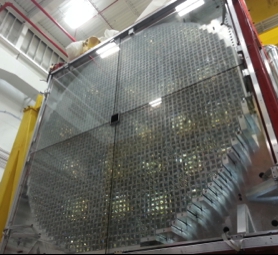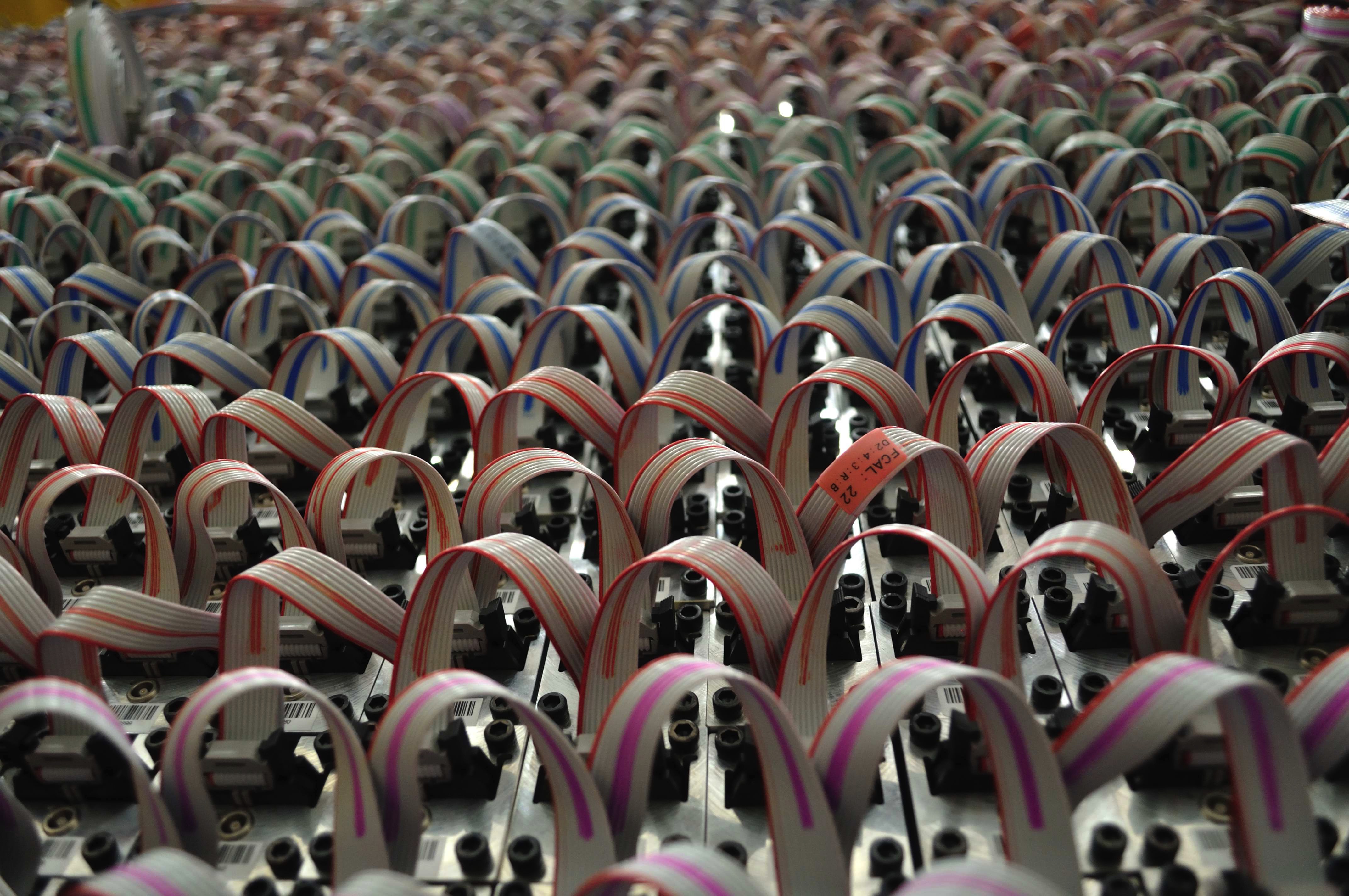A major goal of the nuclear and particle physics community is understanding how Quantum Chromodynamics (QCD) generates the properties of hadrons. It is unknown why such relatively simple configurations of quarks and gluons are dominant in nature when, in principle, a more rich meson spectrum, one that includes quark-gluon hybrids or tetraquarks, is permitted. The identification of a spectrum of such states would provide key experimental data to help elucidate the mechanism by which hadrons emerge from QCD and the role that gluons play in the structure of matter. We utilize two complementary experimental environments to pursue this study of QCD bound states: the production and decay of charmonium and potentially charmonium hybrids or tetraquark states in electron-positron collisions with the BESIII experiment based at the Institute for High Energy Physics in Beijing and the photoproduction of exotic hybrid mesons with the GlueX experiment at Jefferson Lab in Newport News, VA.

The GlueX Experiment
GlueX is an experiment based in the new Hall D photon beam facility at the upgraded Jefferson Lab. It will utilize 12 GeV electrons provided by Continuous Electron Beam Accelerator Facility at Jefferson Lab to produce a 9 GeV polarized photon beam. The goal of this experiment is to try to produce, detect, and study exotic hybrid mesons that exhibit gluonic degrees of freedom.
Our group designed, built, and maintains the forward calorimeter for the GlueX detector. We are also designing an upgraded particle identification system for GlueX. We are working with the Joint Physics Analysis Center to formulate analysis strategies for data from GlueX and have developed a software package for high performance amplitude analysis called AmpTools.
More about GlueX can be found at www.gluex.org.
Here is an interactive 3D view of some events collected with the GlueX detector.
The GlueX forward electromagnetic calorimeter, composed of 2800 lead glass modules, was designed and constructed by the Hadronic Physics Group at Indiana U.
The BESIII Experiment
The BESIII experiment is built to study electron-position collisions in the region of energy where one typically produces charmonium, a bound state of a charm and anticharm quark. Recent experimental data suggest discovery of new types of mesons in the charmonium system. Our group is playing a lead role in trying to understand these new results and plan future experimental efforts at BESIII to make optimal use of the beam and facility to learn about exotic mesons in the charmonium region.
One highlight of our work at BESIII was the discovery of the Zc(3900) which is a candidate for a tetraquark. This discovery was noted as a Highlight of the Year in 2013 by the APS Physics Magazine. It was also featured in a Physics Viewpoint Article written by E. Swanson.
More information about the BESIII experiment can be found at bes3.ihep.ac.cn.
Recent Research Highlights
Fall 2019: GlueX completes initial phase of data taking. In the Spring of 2020, GlueX will begin a new data taking campaign with an emphasis on detecting particles that have strange quarks.
Summer 2019: The GlueX publication on J/ψ production in Physical Review Letters is highlighted as an Editors' Suggestion and covered by a story in Popular Mechanics.
